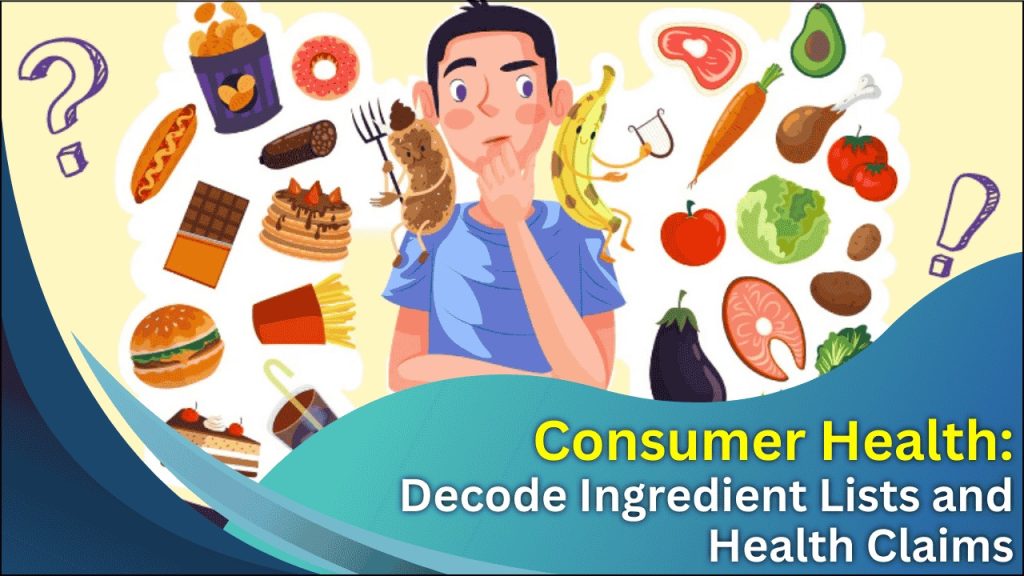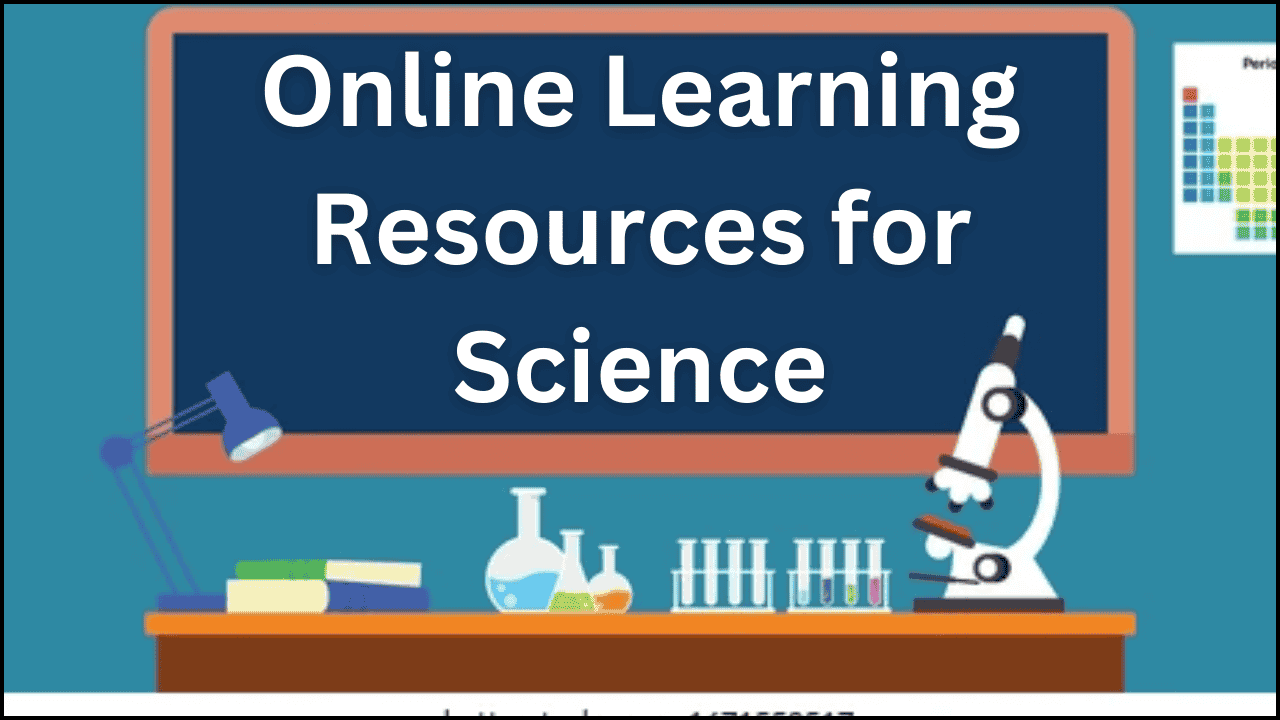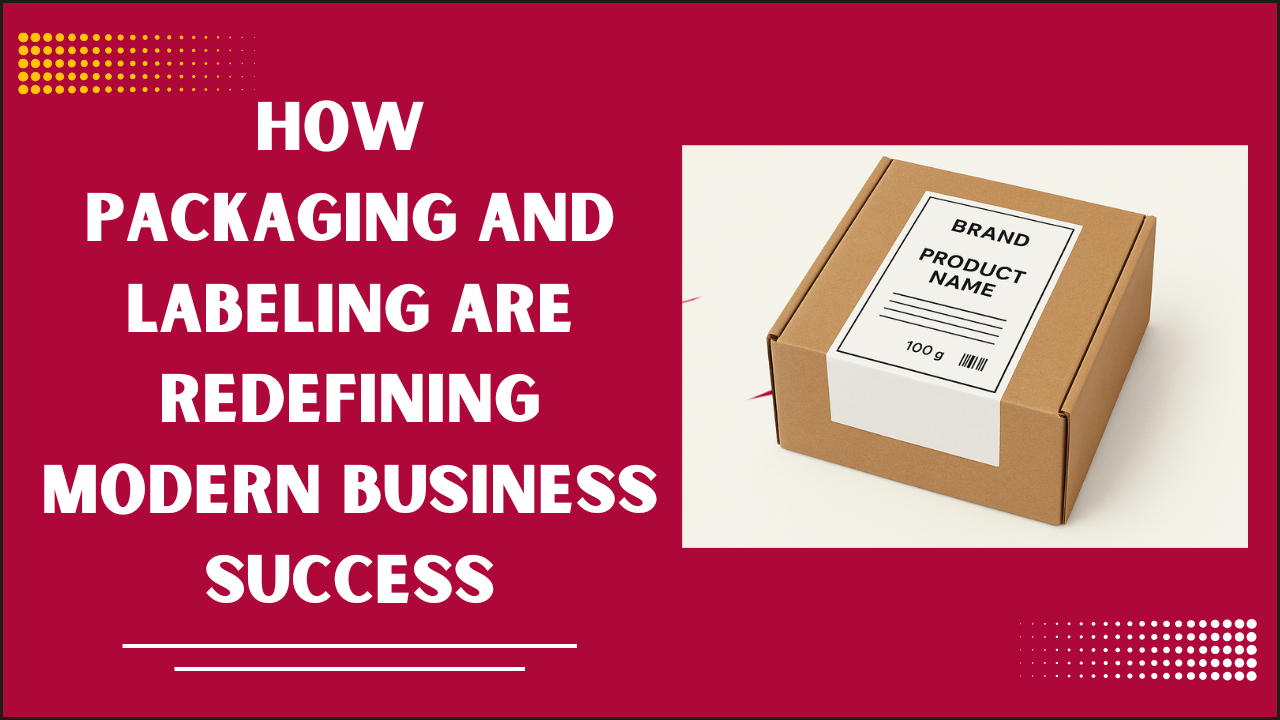
Every day, people buy food, supplements, and personal care products, relying on labels to make informed choices. However, ingredient lists and health claims can be confusing. Understanding how to decode them helps consumers choose healthier options and avoid misleading claims.
Understanding Ingredient Lists
Ingredient lists provide details about what a product contains. They are usually written in order of weight, meaning the first ingredient is the most abundant. Here are key things to look for:
- Shorter Lists Are Better – Products with fewer ingredients tend to be less processed and healthier. A long list of chemical names may indicate artificial additives and preservatives.
- Watch Out for Sugar and Salt – Ingredients like high fructose corn syrup, cane sugar, dextrose, and maltose are all forms of sugar. Too much-added sugar contributes to health problems like obesity and diabetes. Similarly, high sodium intake can lead to high blood pressure.
- Unfamiliar Names and Additives – Some chemical-sounding names, such as ascorbic acid (vitamin C) or tocopherol (vitamin E), are safe. However, artificial colors, flavors, and preservatives (like sodium benzoate or BHA) may have negative health effects.
- Hidden Trans Fats – Even if a label says “0g trans fat,” it can still contain small amounts of unhealthy fats under names like “partially hydrogenated oils.” These fats increase the risk of heart disease.
- Misleading “Natural” Ingredients – Terms like “natural flavors” sound healthy but can contain various chemicals. It is better to look for whole food ingredients like fruits, vegetables, or whole grains.
Decoding Health Claims on Packaging
Manufacturers use health claims to attract buyers, but not all claims mean the product is truly healthy. Here’s what to watch for:
- “Low Fat” or “Fat-Free” – While these products may contain less fat, they often have added sugar to enhance flavor. It is essential to check the sugar content.
- “Sugar-Free” or “No Added Sugar” – “Sugar-free” means the product contains artificial sweeteners, which may have their health concerns. “No added sugar” products may still contain naturally occurring sugars.
- “High in Fiber” – Products labeled as high in fiber should have at least 3 grams of fiber per serving. However, some processed foods add fiber artificially rather than using whole grains or vegetables.
- “Organic” – Organic products must meet certain standards, such as avoiding synthetic pesticides and genetically modified organisms (GMOs). However, organic does not always mean healthy. Organic cookies can still be high in sugar and fat.
- “Natural” – Unlike organic, the term “natural” is not well regulated. It often misleads consumers into thinking a product is healthier than it is.
- “Whole Grain” – A product must contain at least 51% whole grains to be labeled as such. However, some foods use coloring or partial whole grains to appear healthier. Always check the ingredient list for “100% whole grain.”
- “Gluten-Free” – Gluten-free foods are necessary for those with celiac disease or gluten sensitivity, but they are not always healthier. Many gluten-free products contain extra sugar and fat to improve texture.
- “Immunity Boosting” or “Heart-Healthy” – These claims are often unregulated and based on selective scientific studies. The best way to support immunity and heart health is through a balanced diet, not just specific products.
Tips for Making Smarter Choices
Understanding labels is just one part of making healthier choices. Here are some additional tips:
- Read the Entire Label – Don’t rely on marketing claims. Check the ingredient list and nutrition facts.
- Compare Products – Two similar products can have different ingredients and nutrient levels. Choose the one with fewer additives and more natural ingredients.
- Limit Processed Foods – Whole foods like fresh fruits, vegetables, nuts, and lean proteins are always better than heavily processed options.
- Be Skeptical of Buzzwords – Words like “superfood” or “detox” are often used to market products but have no scientific basis.
- Know Your Needs – Choose foods that fit your personal health needs, whether it’s reducing sugar intake, getting more fiber, or avoiding allergens.
- Stay Informed – Regulations around labeling change. Keeping up with current food guidelines helps consumers make better choices.
Wrapping Up
Decoding ingredient lists and health claims is essential for making informed choices about food and personal care products. By learning to read labels properly, consumers can avoid misleading claims and select healthier options. A diet rich in whole, minimally processed foods remains the best way to maintain overall health. When in doubt, simple and natural choices are always the safest bet.












